Car portrait: Bert’s RUF BTR3 RWB
What exactly are we looking at here?
“You’re looking at what was once a 1987 930 Turbo. This was turned in to RUF by the then owner, after having driven it for a year after. Here, a so-called RUF BTR 3 version of it was made. At that time, the car had 309 kW (420 hp). The price list of that time shows that the car cost 150,000 German Marks new and that the RUF tuning and engine modifications cost 120,000 German Marks. The block itself was then bored out to 3.4-liter instead of the regular 3.3-liter. You would think that this does not make that much difference, but this bore out allows the engine to rev much more.”
“The most special thing about the car is the gearbox. RUF always wanted to make cars that could go over 300 kilometers per hour, so an extra gear had to be added. So the gearbox was completely modified, with a view to achieving a higher top speed. They did this by building an additional gear in the place where the reverse gear normally sits. The reverse was then built back into the gearbox in a different place.”
“Also, heavier brakes were bolted on by RUF and the instrumentation was totally modified. There had to be different counters on it, of course, because the ‘regular’ 930 Turbo has a much lower top speed. The car also runs more turbo pressure and there is a so-called ‘vapor fan’ on it that allows you to adjust the turbo pressure. I had this fixed because there is a danger of it running too much turbo pressure and then the block breaks down. The then owner then drove around with that until he sold it to Porsche specialist Theo Jansen from Zwolle in 1996.”
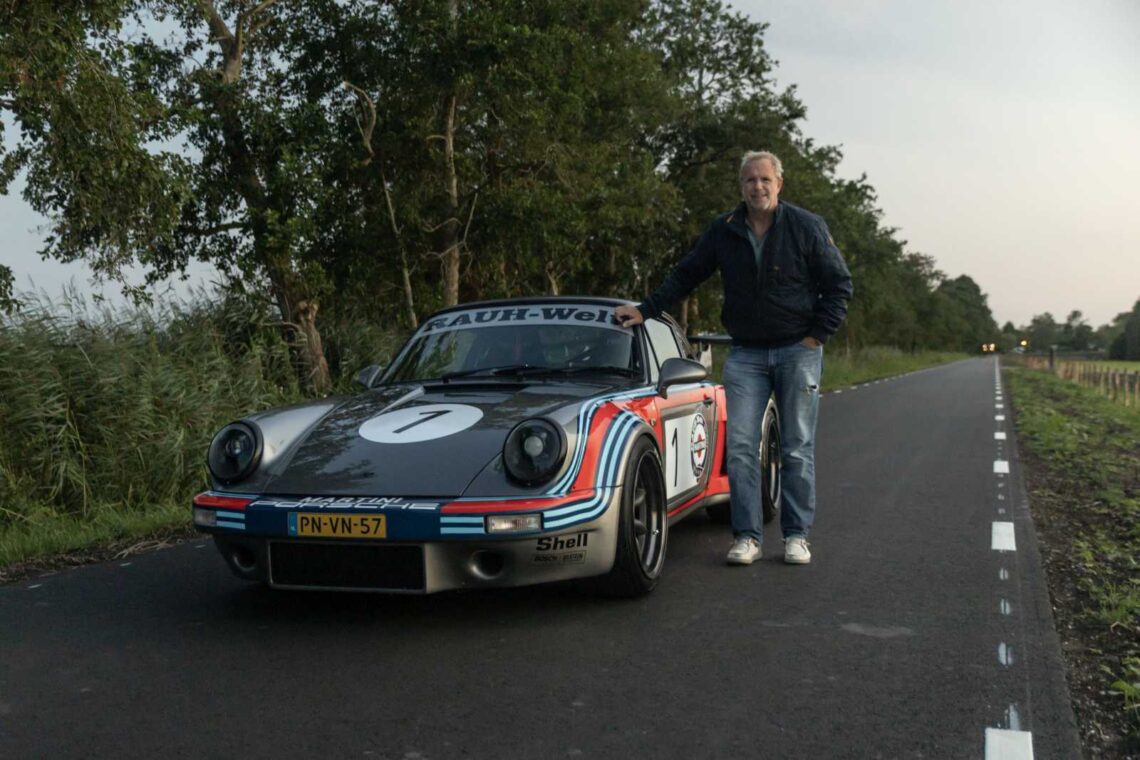
When did the car come into your possession?
“I saw the car in an ad in the Telegraph in 1998!” begins Bert laughing.
“The car was then for sale at that aforementioned Porsche specialist in Zwolle, a well-known dealer at the time. The car was then black metallic, with a kind of beige interior. I thought it was a bit of a dirty color, not my thing. The dealer said to me: ‘I want to get rid of the car quickly, because you can’t do anything with it in the Netherlands. For a service you have to go all the way to RUF’s workshop, in the south of Germany.’ After much negotiating I bought the car, with the condition that it came with a different interior.”
“After a few months of driving the car, I did get engine problems. It turned out that it had a Motronic engine controller on it from a Porsche 962. This was done at the time because there were no other control units that could control this power. However, this was intended for racing, with the idea that the car would be serviced after every race. I didn’t know this and so things wore out very quickly. I then started looking for someone who could help me find a solution. I ended up at Aart Andriessen of app racing, specialized in Porsche tuning. There they knew what to do with it, and that’s where a modern programmable ECU was set up. We could then tune that block from the car with a laptop, something that was very special in those days,” says the techie with appropriate pride.

Completely new car
“Also then we started thinking about what else we could do with it.
Eventually we started tuning the block and a hybrid turbo was installed on it.
We also put a Kremer intercooler on it, as shown in the pictures.
This is really something from racing.
Dual ignition with dual injection has been installed, to inject an even better mixture.
I also changed the clutch, because I wondered if the old clutch could handle the power.
I then drove that to Schiphol Airport daily, with my suitcase next to me in the straps.
I did this from 2002 to 2012.
I did use the car a lot back then and that had consequences.
After those ten years, the bodywork of the car turned out to be in poor condition and an engine overhaul was needed.
Aart then had good contact with John Vianen, who specializes in bodywork construction.
He took the car totally apart, restored it and painted it in its current gray color.
The car then showed up as new again.
This was in late 2012.
Then I had such a nice new car that I started driving it less, too.”
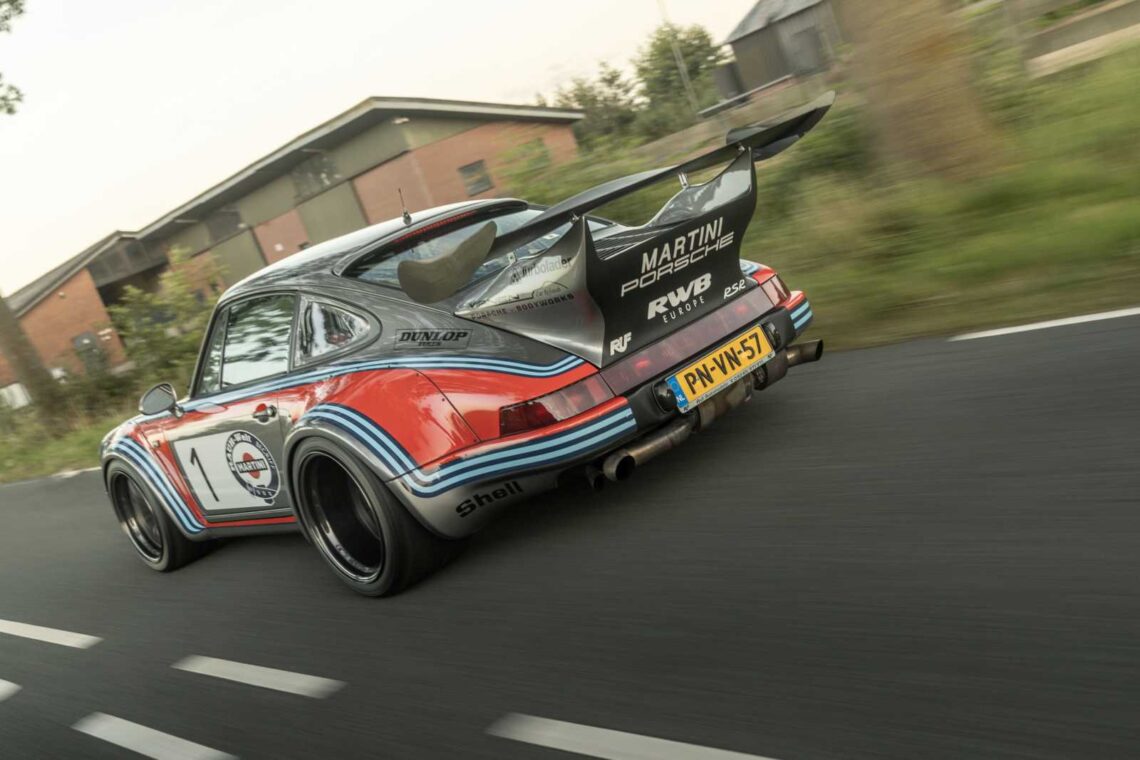
How did you get the idea to have the RWB bodykit installed?
“As I just briefly mentioned, I was working as a pilot at Schiphol Airport at the time. After one of my flights to New York, I was in a bookstore and saw a Porsche tuning magazine. On the front cover were two RWBs. I was flabbergasted when I saw that! What cool cars say. Also on the front page was Akira Nakai, the founder of RWB. I bought the magazine and read the article about Akira.”
“Akira barely spoke English and was in a shed somewhere in northern Tokyo. He was already a well-known street racer/drifter in Japan at that time, also well known in racing. He wanted a German brand name, since he naturally worked with Porsches. This then had to be based on “a rough world. He had this translated into RAUH-Welt Begriff. I don’t know by whom he had that translated, but that’s not a good translation at all,” Bert says, laughing.
Anyway, so under that name he started that tuning business and became big in Japan.”
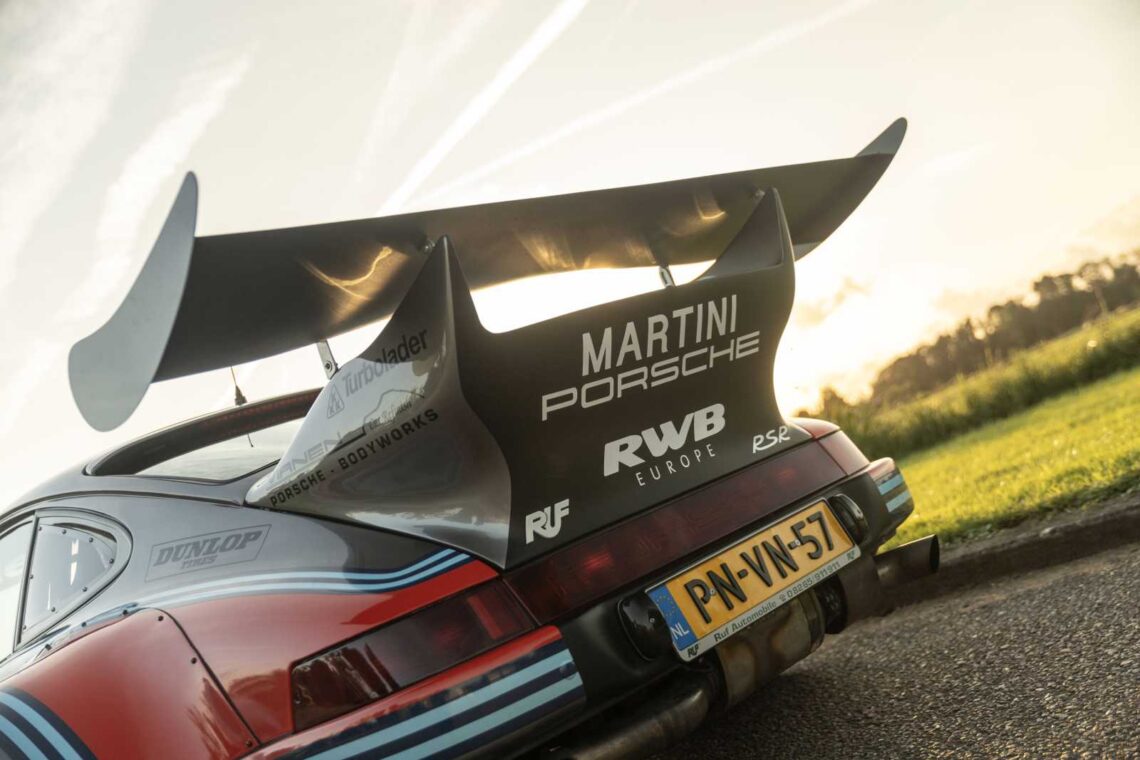
Visiting with Akira Nakai
“I was excited after reading that story and secretly thought about having this done to my RUF myself. Then at some point I had to go to Tokyo for work. There I rented a car and went to find Akira at his shed. It was a good hour’s drive north of Tokyo. There were fifteen Porsches on a piece of land there, with a big green shed next to it. The shed was closed, so I decided to knock on the door. There was no answer, however; no one seemed to be there. I then stood there for a while marveling at the cars, after which I tried again. Again there was no answer. I was just about to leave, when suddenly Akira Nakai came out with a sleepy head. It turned out that he always got out of bed late because he worked at night and traveled a lot.”
“Then I was let in and we had a conversation in poor English in which he explained what he did. It then went like this: you order a kit in Japan, it is then made there for your specific car. When the kit is ready, it is sent to your address. The customer then has to make sure that the kit is painted in the color of his or her car. Next, Akira Nakai then comes flying to the customer, to install the body kit that you have had prepared and colored yourself. This must of course be done in a workshop, which the customer must arrange so that Akira Nakai can install the body kit.”
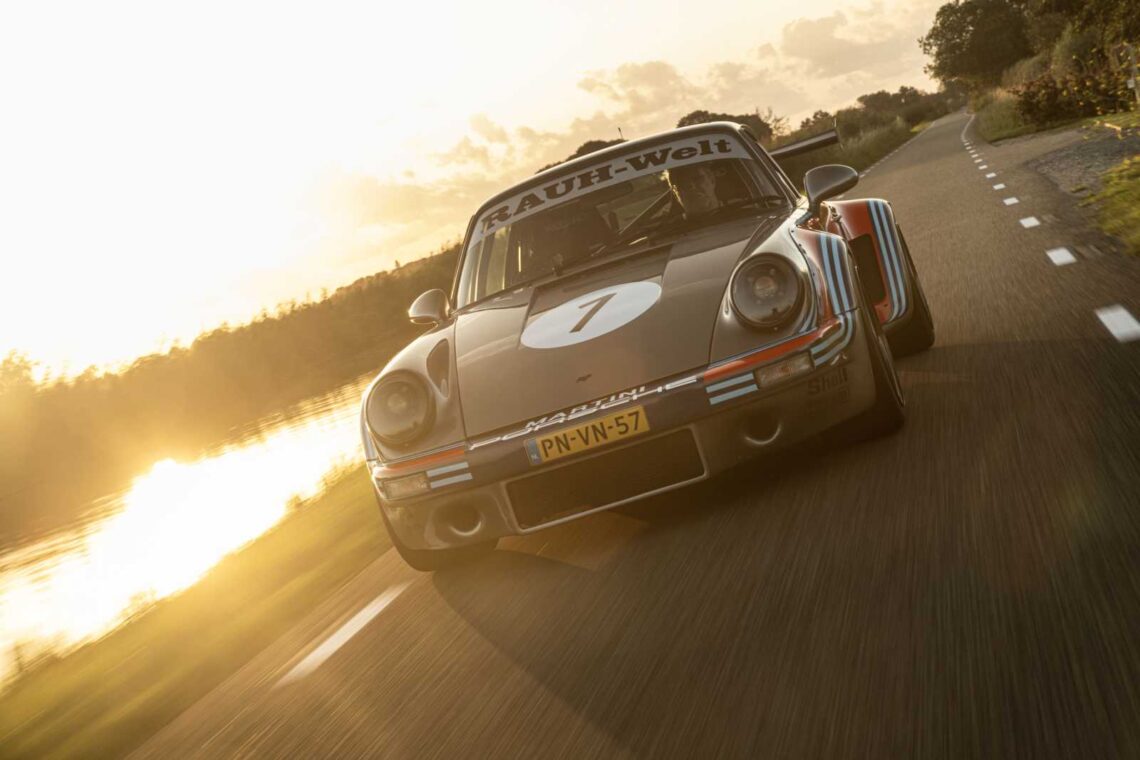
The body kit from Japan
“I then started thinking seriously, after which I called John Vianen. John then reacted vehemently and said ‘Are you completely out of your mind! I just made that whole car new for you and then some Japanese guy goes and ruins your car?’ “I then showed him the article, after which he liked it but still not a good idea,” Bert continued.
“I then told him that I still wanted to do it and asked if he would make his space available so that Akira Nakai would then come by and fix the car there. He then became curious anyway and fortunately was open to this. Then I decided to order the kit and transferred the money to Japan. The body kit was then delivered after a few months.”
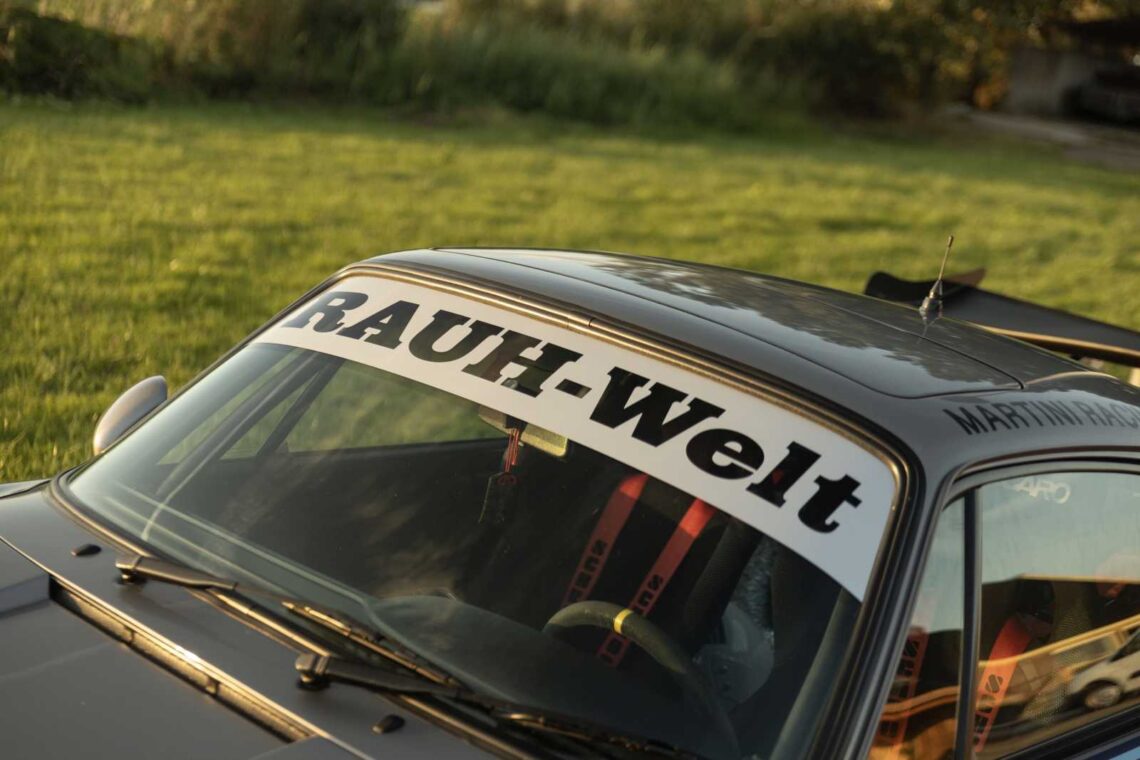
Europe’s first RWB
“I then decided to pick up Akira Nakai myself. I flew to Tokyo for work and I then took him on the return flight back to Amsterdam. He then loved going with me in the Boeing 747. At that time, we were still allowed to take people in the cockpit, so I spent the whole flight talking to him about flying and cars. I then delivered Akira to John, after which Akira prepared the car in four days. I then had the first completed RWB in Europe. I also showed him some of Amsterdam then, together with my then girlfriend.”
“Then I took the newly converted RUF RWB to the Puur Porsche Treffen in Best. Here the car attracted a lot of attention and everyone wanted to talk to me. The sequel was a lot of media attention, the car started to become known. John had also become enthusiastic and came up with the idea to build another one. We then bought a 964 and had another kit built by Akira Nakai. This was then RWB number three in Europe. With both cars we visited a lot of shows all over Europe. We then started representing RWB in Europe, of course with Akira’s approval. Eventually twelve or thirteen cars were built at our facility in Woerden, for customers from all over Europe.”

Wider than wide
“At some point, Akira made a second series of body kits, after which I had them installed.
The first version was called the Superwide, that way the car was 1.88 meters wide.
The second version was made from 2016, which was called the Royal Wide.
That one was 2.05 meters wide.
I then had this installed with my car, then I had the livery designed and the car plated.
We then did this from RWB Europe to generate some more media attention for the car.
I was also the first with the slots in the wheel arches at that time.
I wanted this because the original RUF also had this.
I then also had the current Rotiform rims installed.
Then the carbon rear wing also came on, it is original from a Corvette track car.
“One of the most special things about RWBs is how they are tuned in terms of geometry. Akira actually has the measurements in his head, then he just aligns the cars with a tape measure and sticky notes. Unbelievable, but the cars are all perfectly tuned. Akira Nakai is a true artist. If not for the body kits, it is for how the cars are tuned and thus perfect for the track. This has to do with his past as a drifter/racer. I myself recently quit RWB Europe because people were having a RWB built completely to their own taste, only to trade it. That’s not the idea of having a car completely built to your liking, if you ask me…”
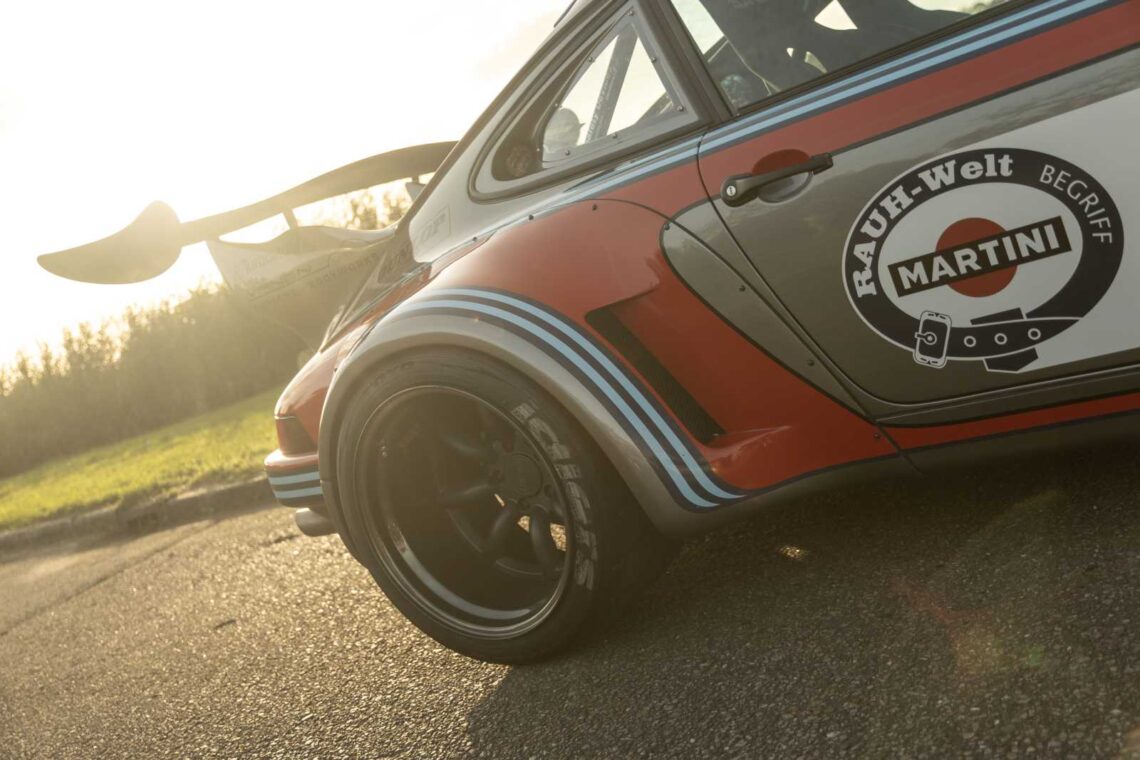
What cars have you owned in the past?
“I started with a 1979 Alfa GTV 2.0. Then I bought three E-Types in the US. A Series 1, a Series 2, and a Series 3 V12 roadster. This Series 3 I still have. I have had this car for thirty years, since 1994. Then I bought a GTV6 3.0-liter, which I had tuned by Savali to a 3.5-liter. Savali was the biggest Alfa tuner in the Netherlands at the time. That GTV6 was running about 239 kW (325 hp) at the time, making it one of the faster Alfas in the Netherlands. That’s when I bought the Porsche.”
“In addition to the Porsche, I then bought my first Ferrari, a 1965 330GT. I drove that for ten years, after which I traded it in on a 550 Maranello. Then in 2016 I traded in the 550 Maranello for a 599GTB. I also owned an RS6 C5. I then traded this one in for an RS6 C6, with the Lamborghini V10. This one I had engine tuned by JD Engineering, to 602 kW (820 hp) and about 1,100 Newton meters. This is currently my daily car. I always describe my cars as a hobby that got out of hand.”
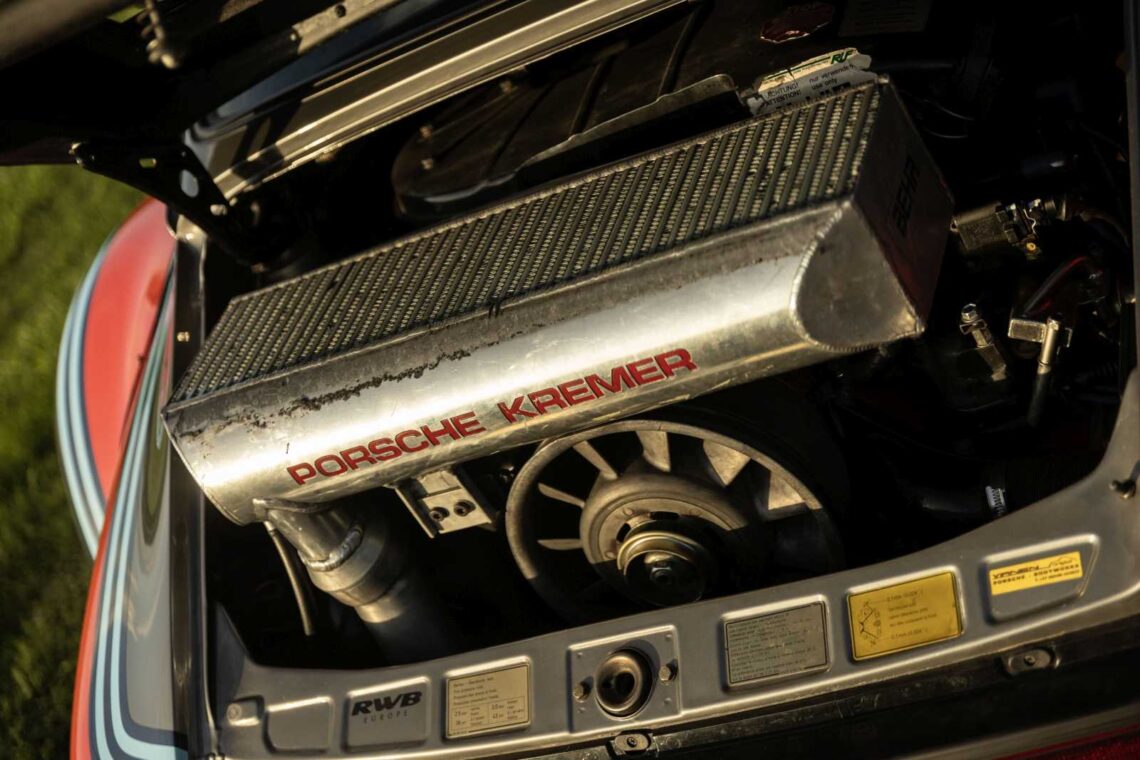
What else do you want to have done to the car, or is it finished like that?
“I want to keep it well maintained and drivable. I could rebuild it again to get even more power out of it, but it’s already fast enough. I think the top is over 350 kilometers per hour. From 100 to 200 kilometers per hour it does it in about six seconds. A sprint from zero to 100 is not super fast, because of the long first gear. It will do this in about four seconds. It’s a real man’s car,” Bert continues.
“It’s hard work, without power steering, ABS, airbags and with a heavy racing clutch. It weighs only 1,150 kilograms and runs 331 kW (450 hp) and over 700 newton meters. The engine has 367 kW (500 hp), but to extend its life, it now runs 331 kW (450 hp) on slightly less turbo pressure. The beauty of it is, the car can release the power well on the road. Compared to the “regular” Porsche 930 Turbo, the power comes in much smoother. With the regular 930 Turbo, you really get a kick in the back. That has to do with how the turbo is regulated. However, this car has too much power to have the turbo control done that way. For a turbo engine, the car also revs a lot, as much as 7,400. This makes it sort of a combination between a GT3 engine and an oldschool turbo. The car is perfect for me with the current settings.”

What is the best memory you have with the car?
“The best memory I have with the car is driving to Spa Franchorchamps together with Akira Nakai in the car, here I took Akira Nakai for some laps on the circuit. This was by far the most special event with that car. Another great memory is that in the years when I had just bought my RWB, I was invited to drive a 12-hour race with a RWB, provided by Akira himself. He then had about five of them, prepared for racing. This was especially for all the customers who had bought a car. This was then at the Twin Motegi circuit, in the mountains of Tokyo. Then I also really learned to drive the car. There were all kinds of classes mixed together, but there were hardly any crashes. This is because Japanese people have a lot of respect for each other. This was very special to experience.”

Would you ever get rid of the car?
And, if you could trade directly with another special car?
“In terms of value, of course I could very quickly name the 250 GTO, that’s easy. In terms of emotion, I think it’s a very difficult question. I actually don’t think anything can compare to this car. However, the Ferrari F40 is fairly similar in terms of power and experience. Suppose someone were to arrive now with the keys to an F40, I might do so. One condition, though, is that it really is another car with character, a real man’s car.”
“Of course it’s very idealistic to say I’ll never get rid of it and I won’t.
What I like at the moment is the combo of cars I have at the moment.
They are all cars with totally different characters.
The Ferrari’s V12 screams it out and has certain luxury and style in the interior.
The E-Type is a true classic, with really great engineering.
The Audi is a true all-rounder, in which you can also take your IKEA wardrobe, or a whole family.
The Porsche , on the other hand, is a real go-kart.
So they are all cars with a different character and that’s what makes it so fascinating for me.”
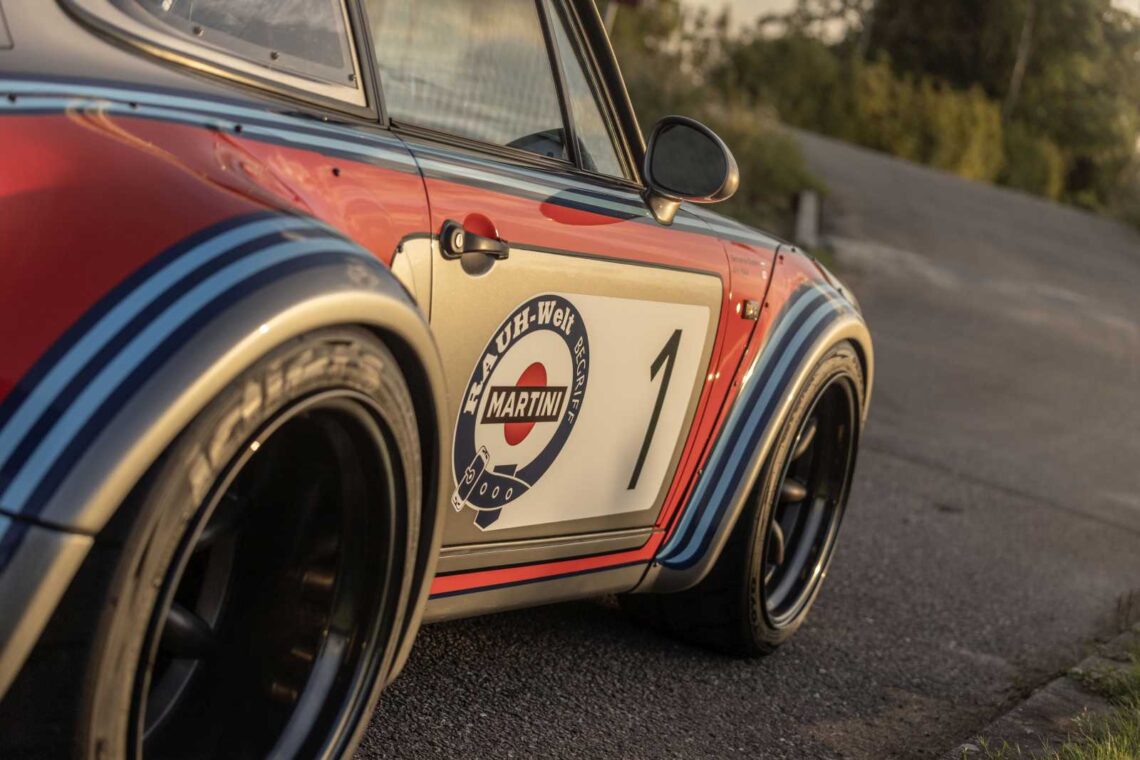
Where does your car passion come from?
“The passion for cars came that way because I am a techie. Originally I am a flight engineer, retrained as a pilot. As a result, I have a great interest in engines. I also like design, but for me it’s mainly about the technology inside. For me, it’s the combo between car control and engineering. The art for me is to find the balance between the technique and mastering it, which I find very interesting.”
Also see: Car portrait: Freerk’s fabulous supercar collection

